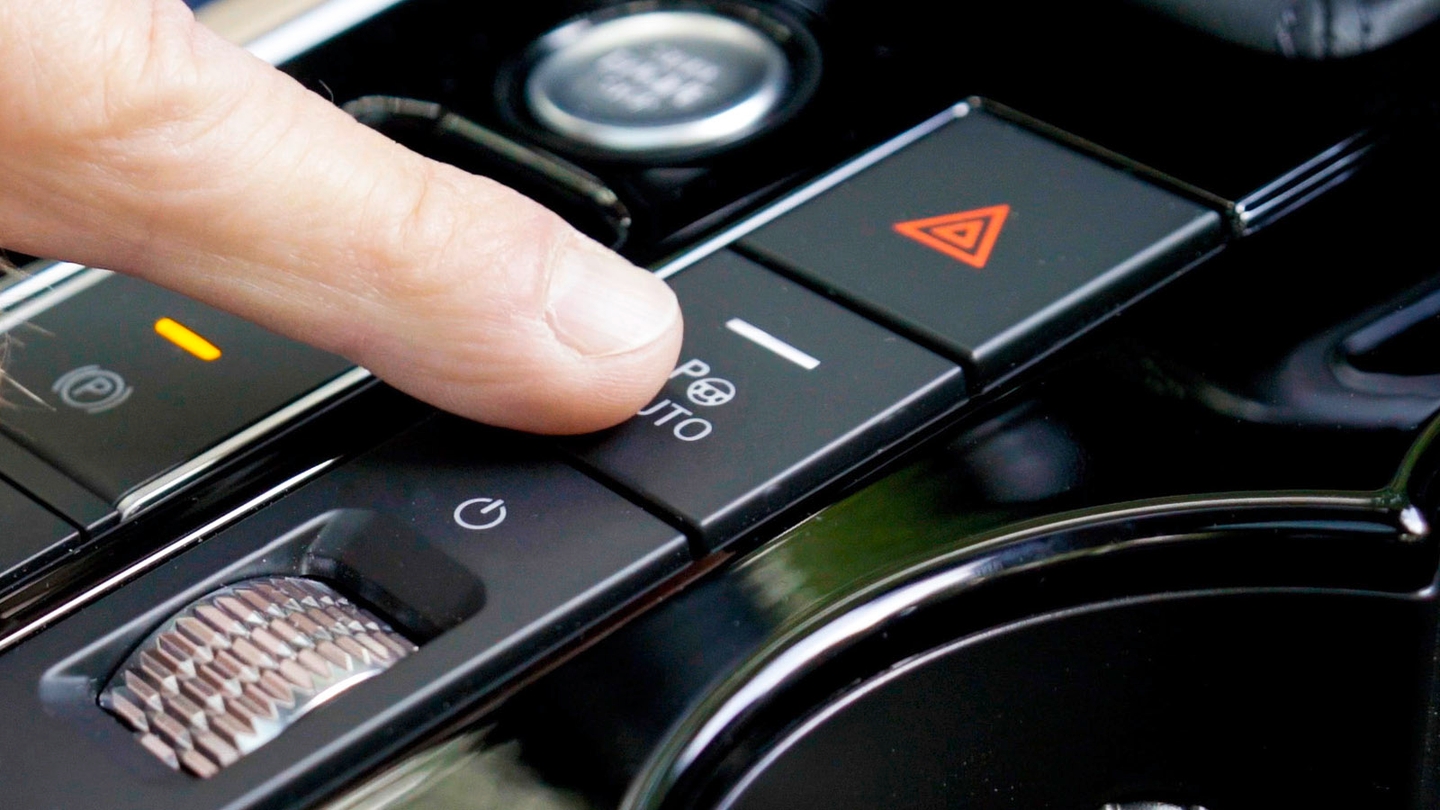Sadly, we're still several years away from cars whisking us home from the pub.
That doesn't mean modern technology can't still lend a hand, however, because lots of cars now come equipped with park assist.
What is park assist?
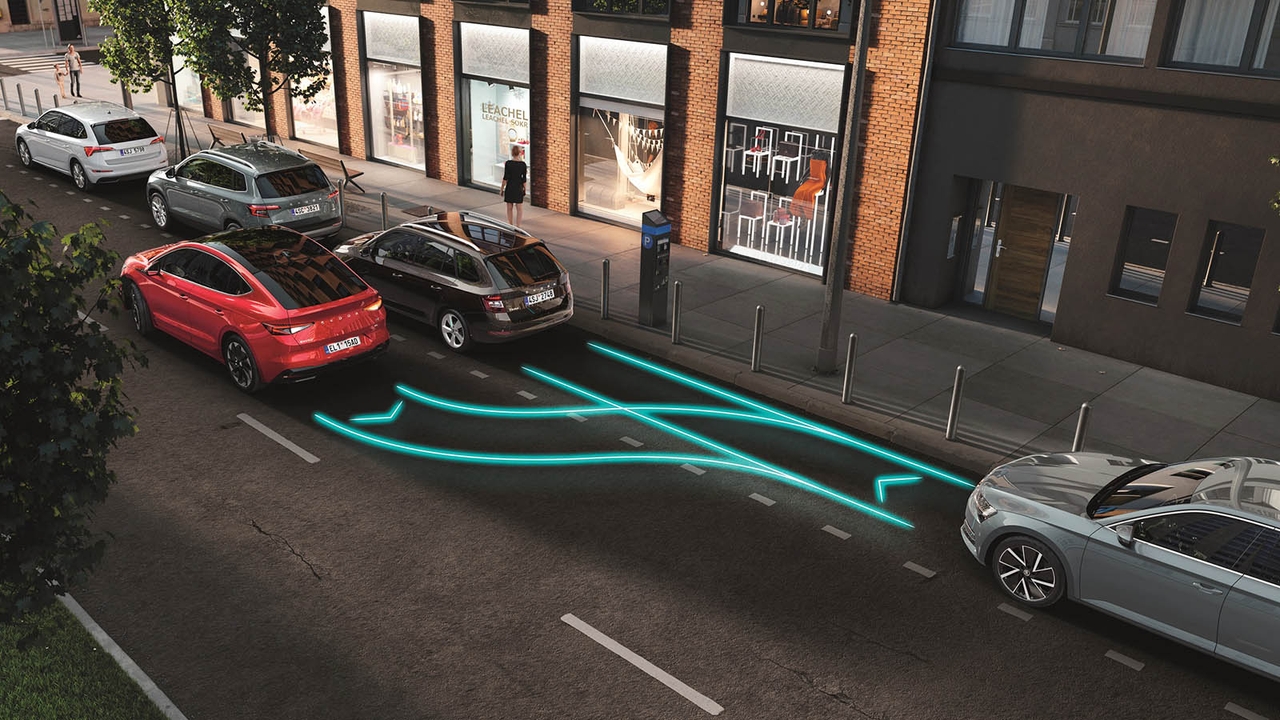
Park assist is a catch-all term for on-board systems that can – to an extent – park the car themselves. When active, the driver either makes no inputs whatsoever, or presses the pedals in response to on-screen instructions, while the car steers itself into the space.
Parking a car can be a tricky skill to master and there are plenty of times when even confident parkers can get themselves into a pickle. In these situations, park assist can take a lot of the stress out of the job of parking, because the car's reducing a good amount of the mental load required to guide a car into a space.
How do I use park assist?
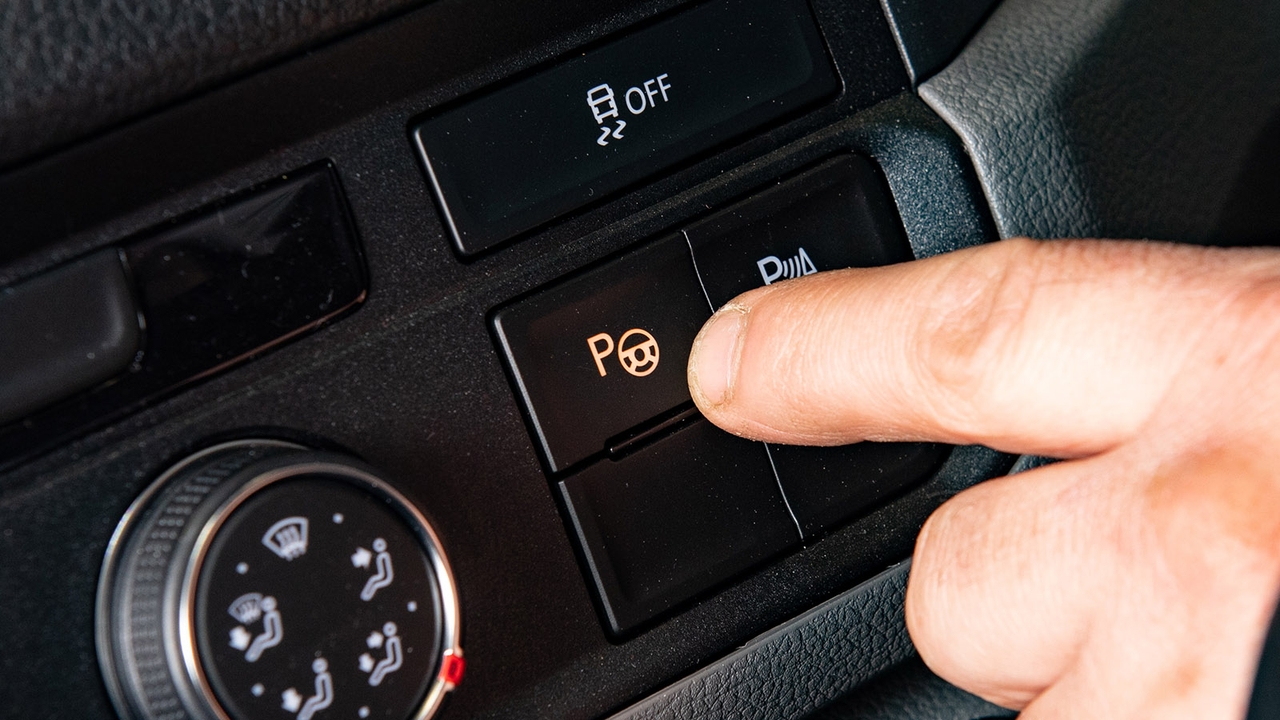
Park assist systems work slightly differently depending on the carmaker and the specific model you're using. That said, most varieties are activated following broadly the same process, and you'll often find on-screen instructions pop up to guide you through the parking procedure.
In a car with park assist, you're looking for a button marked with a capital 'P' next to a steering wheel. Pressing this button will activate the park assist and tell the car you want it to start looking for a space – you'll normally have to stay below 20mph or so to keep this mode engaged. All park assist systems can parallel park the car and some also have the ability to bay park – check your car's manual to see what spaces your system can park in.
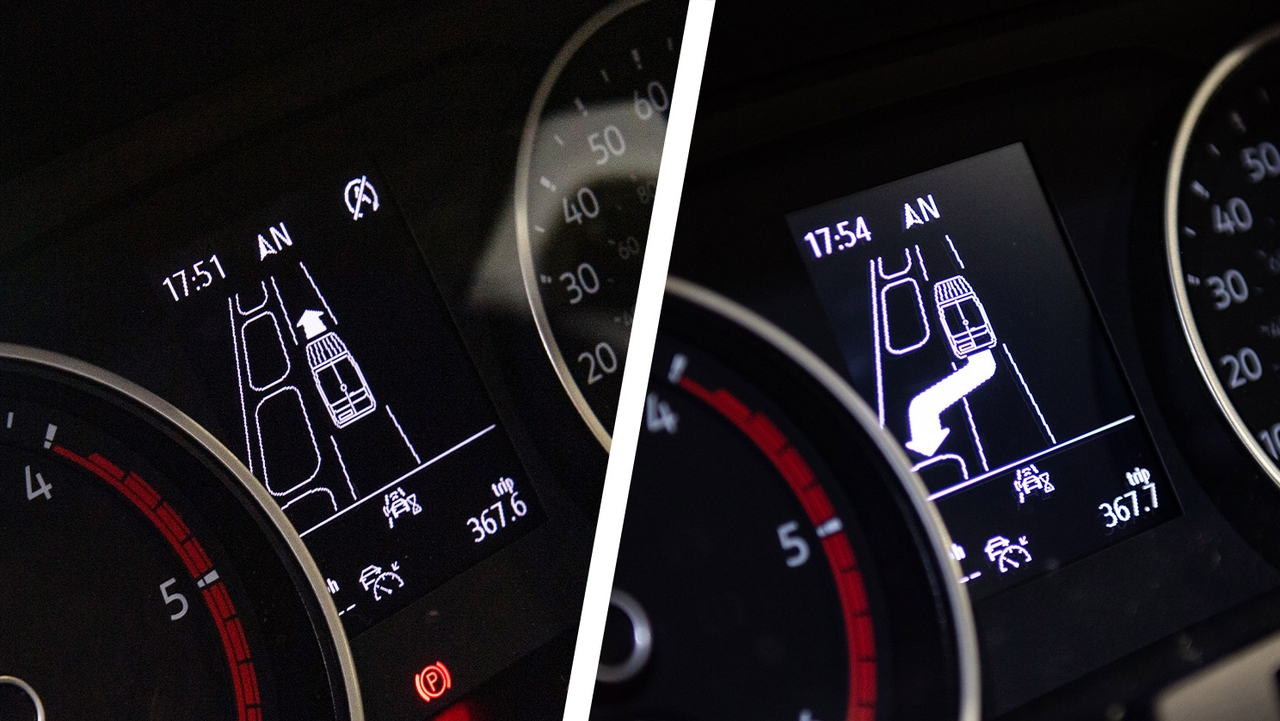
Once the car's found a suitable space, it'll let you know via the infotainment screen and the parking process can begin. It'll then prompt you to switch into reverse gear and creep backwards into the space, with the system controlling the steering or, on fully automated models, it'll simply start moving itself. It'll continue swapping between drive and reverse, or prompting you to do so, until the car has successfully parked.
It's important to remember, you're always in charge of the car, even if park assist is operating. That means you're responsible for making sure the manoeuvre is safe and that you're not about to hit anything. Regardless of whether your park assist setup requires you to work the pedals or not, you can always hit the brake pedal to stop the car if something starts going wrong.
What are the different types of park assist?
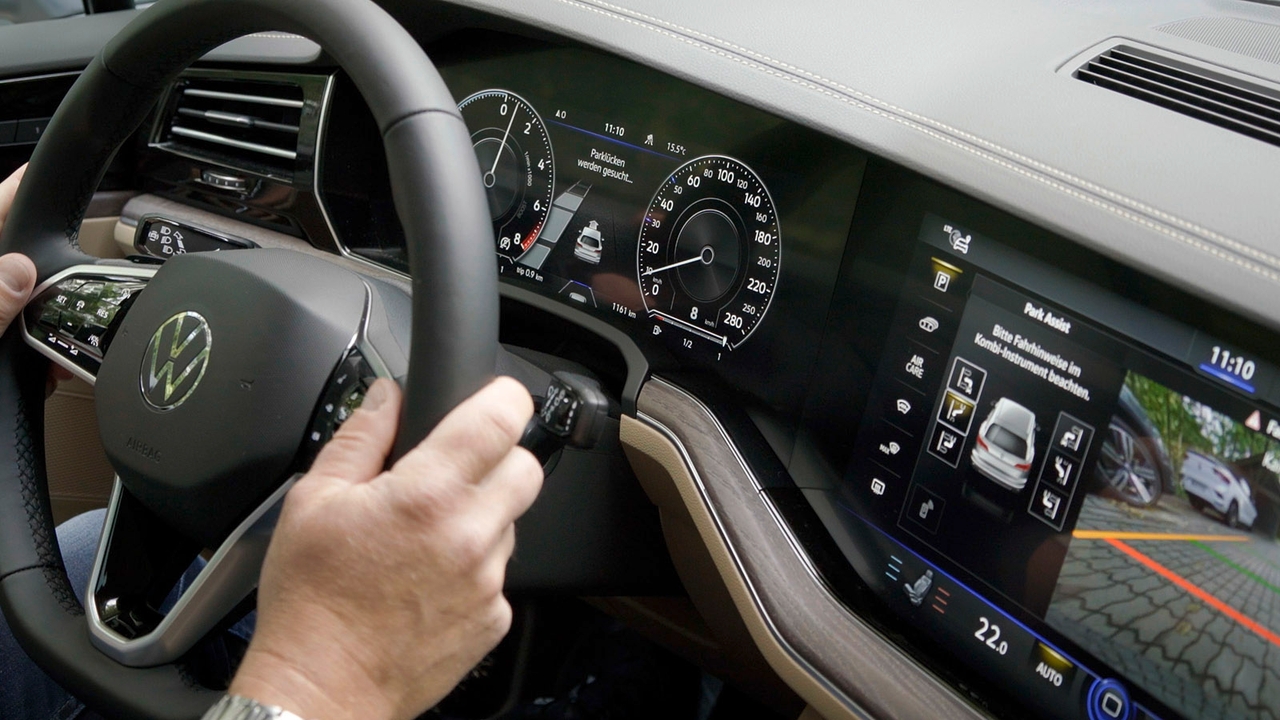
- Steering assisted – this is the most basic type of park assist and can only enter parking spaces. The system will control the steering angle for you, but you'll be in charge of the pedals and putting the car in reverse or drive, following on-screen prompts.
- Park and exit – this is a slight upgrade on steering-assist systems. Park and exit means the car can drive itself out of a parking space automatically as well as enter it. This is handy if you're tightly wedged into a parking space.
- Fully automated – this is a more sophisticated park-assist system that fully takes over during the parking manoeuvre. That means it'll steer for you as well as control the brake and accelerator, and even swap between reverse and drive as needed. You'll only find this on EVs and cars with automatic gearboxes.
- Remote control – the final evolution of park assist. Remote-control parking is only available on a handful of models and lets the car move itself in and out of a space without needing anyone inside the vehicle. Instead, you use a key fob or smartphone app to remotely instruct the car to enter or leave a parking space – handy when there isn't even enough room to open your car's doors once it's parked.
What cars come with park assist?
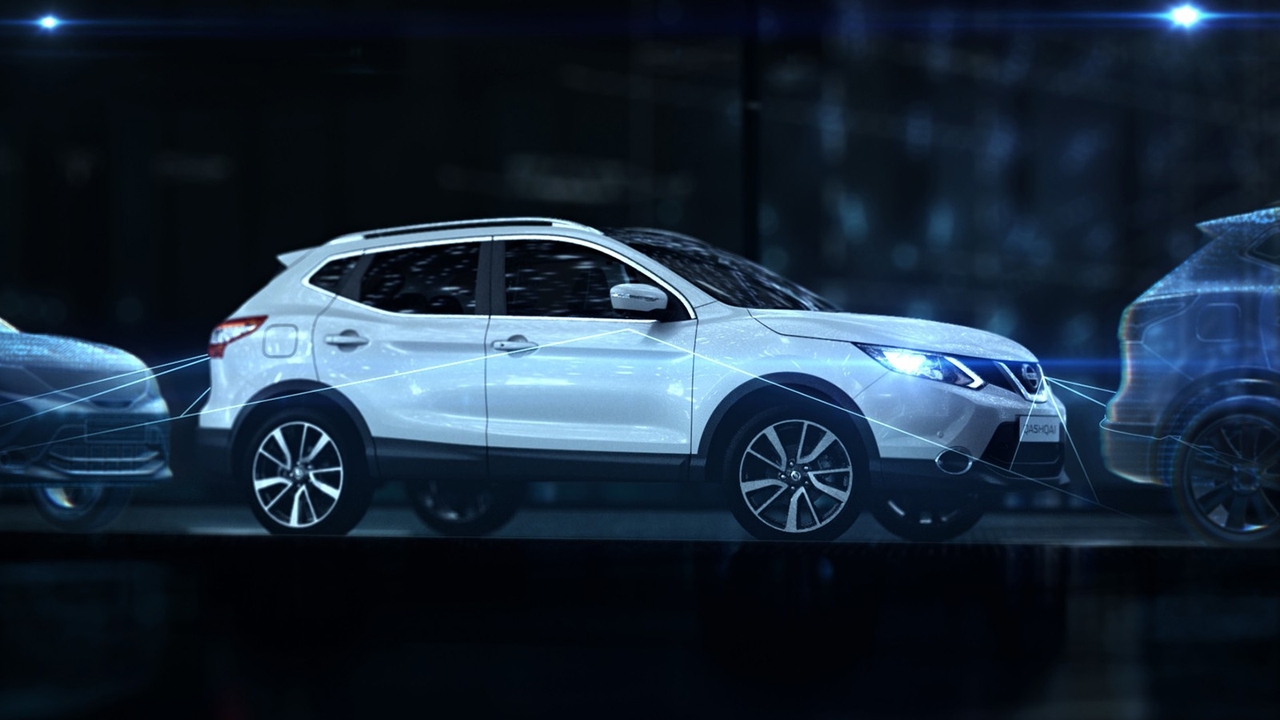
All mainstream carmakers offer some form of park assist systems on their cars. You'll usually find it fitted to larger and more expensive models, however, with many small, cheap cars missing out on this expensive technology.
Typically, manufacturers will have their own brand name for the technology, such as BMW's 'Parking Assistant' or Volvo's 'Park Assist Pilot', but most are some variation on the words 'park assist', so should be fairly self-explanatory.
If you're looking for a car with fully automated park assist – one that controls the pedals and gear selection in addition to the steering – you'll be exclusively shopping from selected models with an automatic gearbox. That encompasses fuel-powered cars as well as self-charging and plug-in hybrids, plus full EVs.
How does park assist work?
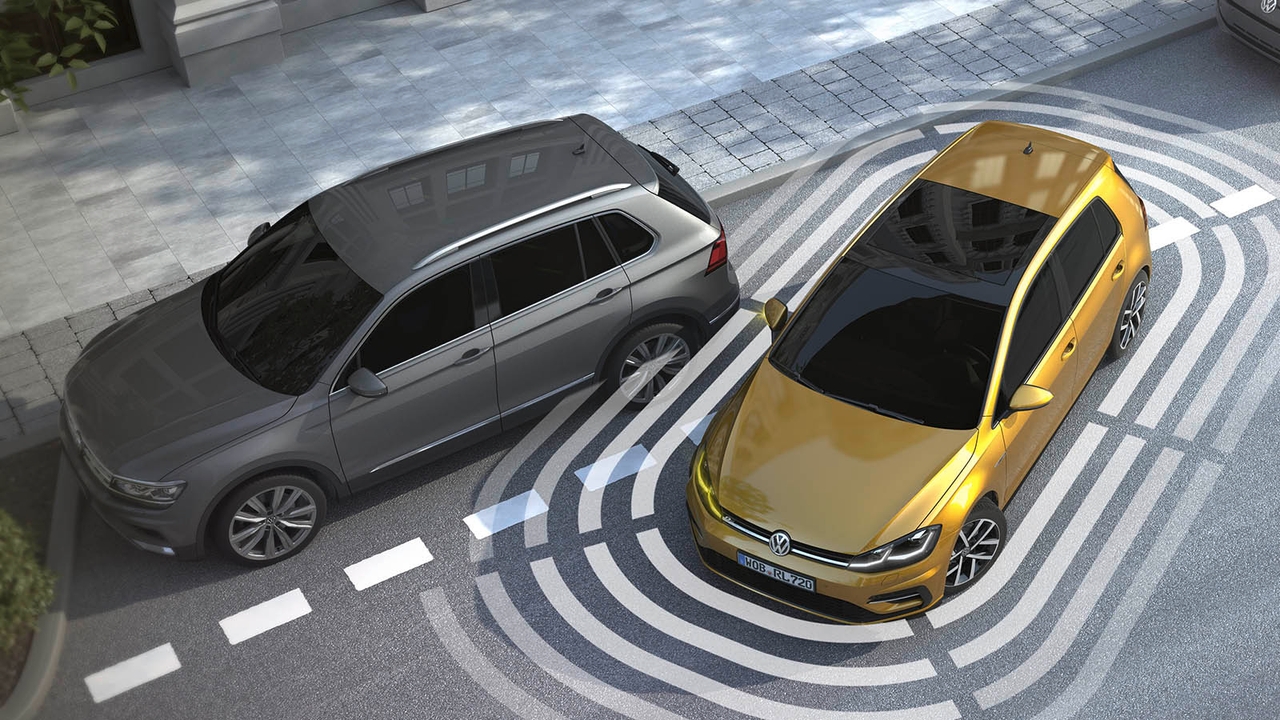
Generally, park assist systems use your car's existing ultrasonic sensors – your regular parking sensors – to measure a space to determine whether it'll fit or not. Many models will also incorporate their on-board camera systems to spot potential spaces from further away.
Once the car's satisfied it knows where the space is and that it'll fit, it controls the steering and, in some models, the brakes, accelerator and gear shifter to manoeuvre into position. On-screen instructions will normally accompany the operation to provide feedback and instructions to the driver as necessary.
Find the perfect car for your parking spot
Motorpoint has thousands of great value nearly new and used cars for sale. To see a selection of easy-to-park models, check out our picks for the best small cars you can buy.






























